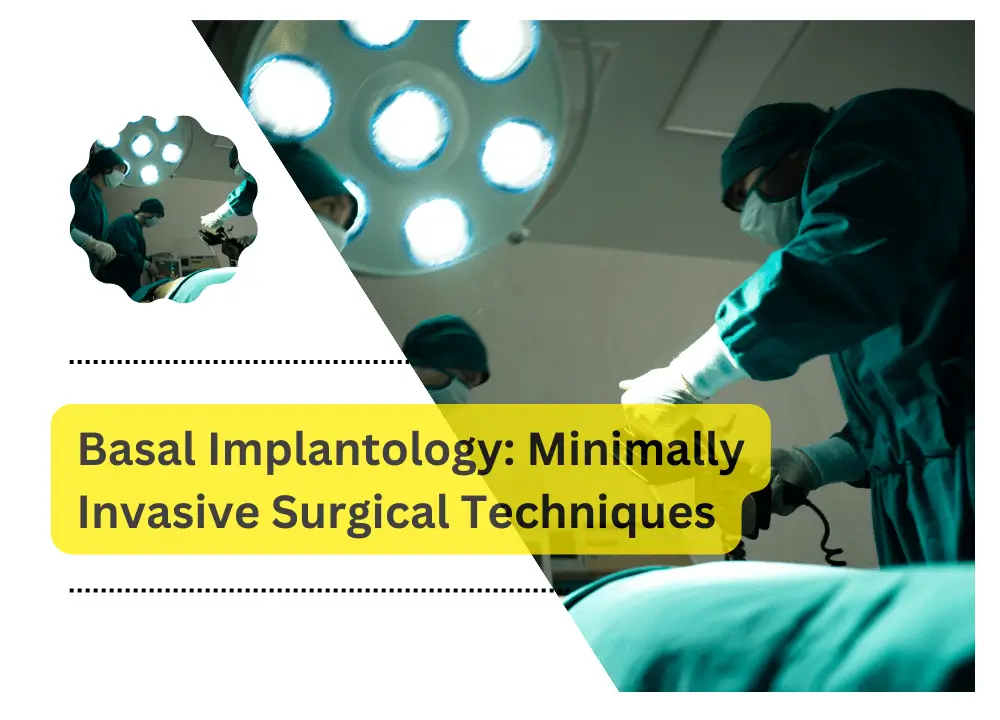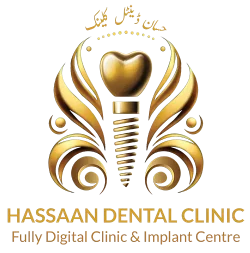Placing the basal implant and its fixed prosthesis requires five days of treatment. In contrast to conventional dental implants, just one step is required. On the seventh day, the patient is allowed to return home after the basal implant has been loaded immediately. Six stages of dental treatment with basal implants need to be followed to ensure that everything goes well and to prevent complications. This is the traditional procedure for basal Implantology and fixing the prosthesis (bridge).
Operation in Basal Implantology
Before the consultation, a panoramic X-ray and a 3D dental scanner enable digital reconstruction of the dental-maxillary arches. At this point, Prof. Ihde and his colleagues will decide on the course of treatment as well as the dimensions and design of the basal implant that will be inserted.
The treatment plan will be confirmed during the consultation with Prof. Dr. Invasive Surgical Techniques Ihde, the dental surgeon. You will be able to select the teeth’s aesthetics during your consultation with the prosthetist. (Size, color, and shape).
Basal Implant Placement
The teeth are extracted as the first step in the surgical procedure. It involves putting the basal implants. The dental surgeon places each basal implant at the predetermined locations determined by the dental-maxillary study following a gingival plastic. It is a treatment of the soft tissues that avoids the retraction of the gums.
Under General Anesthesia, Basal Implant
The newest generation of dental implants, known as basal-type implants, are relatively painless but require a lengthy procedure for installation. We provide either unconscious sedation or general anesthesia to ensure the best possible conditions for the procedure. Although local anesthesia is an option, patients may find it stressful due to the noise and visuals of dentists.
The Basal Implant’s Placement (Bax)
Because of its elliptical shape, the basal Implantology will self-implant with the least amount of trauma to the bone tissue. Similar to a self-drilling screw, it will follow the guide provided by the micro-perforation. The gum does not exhibit any postoperative lesions if there have been no extractions. If the tooth has been extracted, the implant will be placed in the dental socket.
The gum tissue usually does not need to be separated. The term “bi-cortical implant” refers to the basal implant penetrating the second layer of the cortical bone. Although the bone cortex is everywhere, it is concentrated on the upper jaw, beneath the nasal septum, and in the zygomatic zone (at the level of the upper jaw’s wisdom teeth). It is mostly found in the frontal zone of the lower jaw.
Gum Plastic
Gingival plastic is done (in case of extraction only) during the placement of the basal dental implant to minimize the risk of gingiva resorption and to ensure that a vacuum is created between the bridge and the gum after that. The dentist will use sutures to regularize the post-extraction ridges, which will hasten the healing process naturally. In this manner, 48 hours following the implant placement and extractions, 90% of the body will heal. Alongside the gingival plastic, the gum tissue is thoroughly cleaned, and any infections or periodontal pockets are removed.
To balance the relationship between the bridge and the gingiva in patients with a significant loss of gingiva, a thin (1 mm) portion of false gum may be added to the dental bridge to mimic the natural gingiva perfectly. On an individual basis, this question is brought up with the dental technician.
Installing the Fixed Prosthesis
The success of treatment in last-generation basal implantology is largely dependent on the fixed prosthesis on a basal implant. It is carried out right away following the insertion of the basal implant and needs to be completed within 72 hours following dental surgery. The chewing forces are distributed among all of the basal implants by the fixed prosthesis. The successful completion of fixed dental prostheses on a basal implant is a major factor influencing the course of treatment.
Making and Capturing Impressions
Following the implantation of the basal implant, exact measurements must be made. In the postoperative hours, our laboratory technicians model the jaws with the use of 3D scanners and other equipment to ensure accurate occlusion balancing.
Teeth Color and Form Selection
The patient is prepared for the following step once they have decided on the color, size, and shape of their future teeth. The crowns are tested in the mouth the day following the placement of the basal dental implants. A novel procedure created by the International Implant Foundation enables the patient to assess the future aesthetic outcome of his teeth in his mouth. Thus, the technicians and the dental technician can change the teeth’s size, shape, inclination, and location. based on the patient’s preferences and physiognomic limitations.
Only after the patient has approved the aesthetics will the laboratory technicians start working on the finished bridge. The new teeth won’t be ready for use for another 48 hours. This stage of the treatment represents a huge advancement in the prosthetic component. Before the BioHPP, the outcome of metal-ceramic or zirconia crowns was unexpected after the procedure. Except for minor polishing, it was consequently exceedingly difficult, if not impossible, to make changes to the fixed dental prosthesis.
Operation Basal Implant
We are discussing here the fixing the prosthesis. The prosthesis is fixed on the basal implants following three tests, three corrections, and multiple accurate measurements of the occlusion and the gingival junction. The same evening, the patient was able to eat normally.
Conclusion
A consultation with the anesthetist allows for the determination of whether the patient’s health status is compatible with the medication when the patient requests general anesthesia or semi-conscious sedation for the surgical portion of the basal implant placement. A proper diagnosis is the most important factor in the success of basal Implantology. Preoperative care from Anveli Dental ensures that there will be at least one modification to the treatment plan by performing a free examination before the patient visits one of the clinics. High-quality, precise dental surgery is made possible by morphological simulation.



